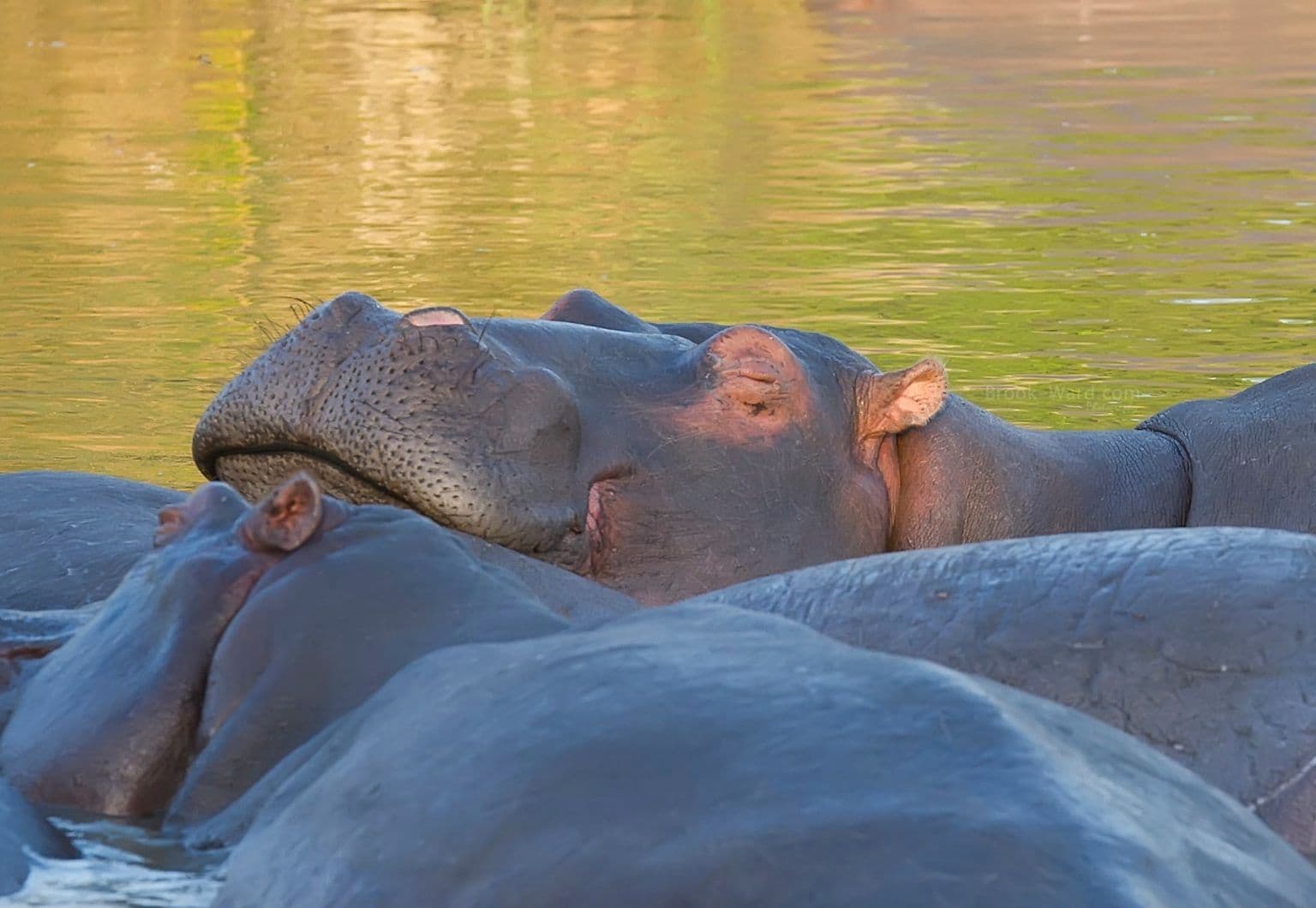June 9, 2024
What is the definition of animal welfare?
par AKONGO

The question of animal welfare arises whenever humans interact with animals (Mormède et al., 2018). It concerns farm animals, pets, zoo animals, and those used for scientific purposes or for human assistance. It is becoming increasingly prominent in our society, particularly in light of advances in scientific knowledge and their incorporation into regulatory frameworks.
The World Organisation for Animal Health (OIE) defines animal welfare as ‘the physical and mental state of an animal in relation to the conditions in which it lives and dies’. The OIE's guiding principles for terrestrial animal welfare refer to the ‘five fundamental freedoms’ established in 1979 by the Farm Animal Welfare Council (now known as Animal Welfare Council, AWC since 2019). Universally recognised, these five freedoms outline society's expectations regarding the living conditions of animals under human care: freedom from hunger and thirst, freedom from discomfort, freedom from pain and disease, freedom from negative experiences and freedom to express normal behaviours.

The 5 freedoms (FAWC, 1979)
Since then, the definition of animal welfare has evolved from simply indicating balanced biological functioning to including the subjective experiences of animals. In 2018, the French Agency for Food, Environmental and Occupational Health & Safety (ANSES) proposed a definition that incorporates the latest understanding of animals as sentient and conscious beings:
"Animal welfare is the positive mental and physical state related to the satisfaction of its physiological and behavioural needs, as well as its expectations. This state varies according to the animal's perception of the situation."
ANSES, 2018
The concept of welfare thus treats both the physical dimension (e.g., pain) and the mental dimension (e.g., suffering) as equally important aspects of an animal's experience in its environment (Mormède et al., 2018). These emotions are linked to the negative and positive experiences that punctuate an animal's life. It is important to distinguish between:
1. Emotional state, which depends on the immediate context (e.g., fear due to an unusual noise) and can change rapidly with a shift in context (e.g., relaxed state after the noise has ceased).
2. Overall welfare state, which corresponds to the sum of the animal's positive and negative experiences. If the animal is frequently in stressful situations (e.g., isolated, in a noisy environment, in a small space without any source of activity, or in a group but often injured from conflicts), its welfare state will be considered negative. Conversely, if the animal is in a calm, suitable environment without conflicts with conspecifics, receives appropriate food and occasionally experiences brief stressful events (e.g., enclosure change), its welfare state will be considered positive.

The welfare state, whether positive or negative, depends on the sum of positive and negative experiences, as illustrated in the diagram above (from Zoo and Aquarium Association Australasia (ZAA) 2021).
Thus, to determine whether the overall welfare state of welfare is positive or negative, it is necessary to repeat the assessment procedures to understand if the animal experiences more positive than negative experiences on a daily basis.
It is also important to recognise that welfare is an individual state, as each animal has its own perception of the environment, based on its personality, social status or past experiences. This means that animals living in the same environment may have different welfare states.
Finally, the welfare state is variable over time. Animals live in a changing environment (seasonal changes, reproduction, birth of new individuals, injuries, illnesses, age, etc.) and these situational changes can be either stressful or pleasurable for the animal. Thus, depending on its perception of the situation, the animal's welfare state may vary, which is why regular evaluations are necessary (e.g., at each seasonal change).
